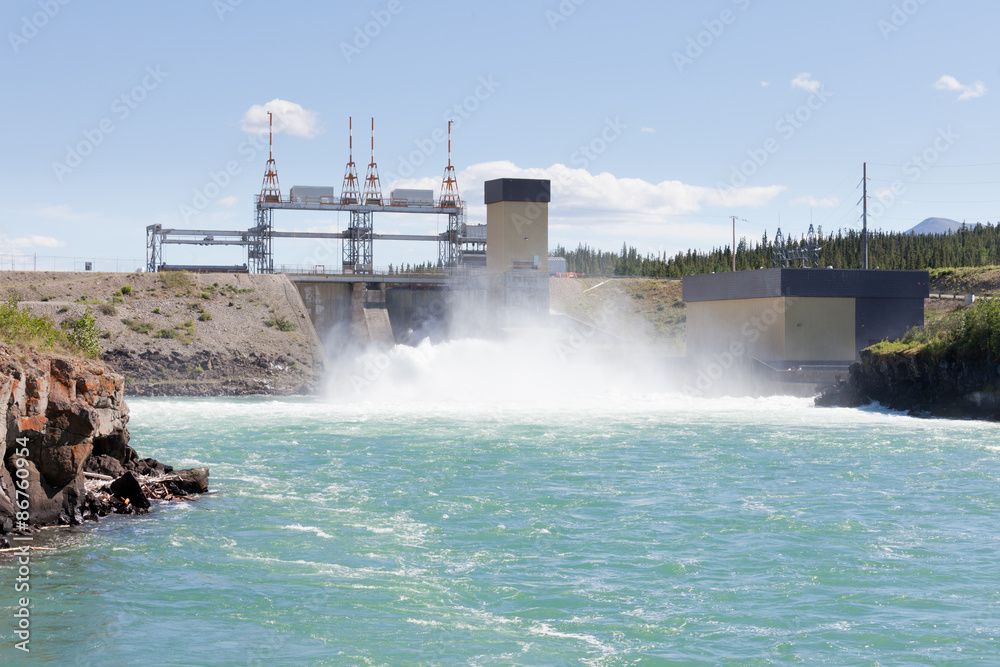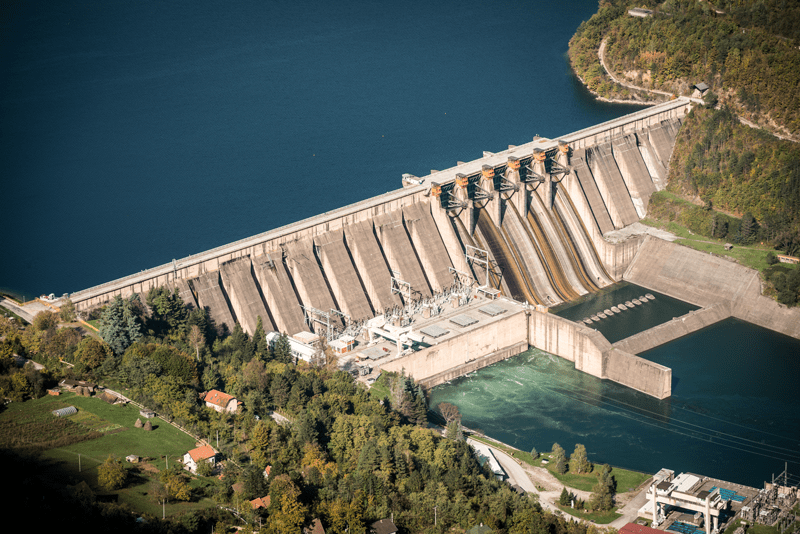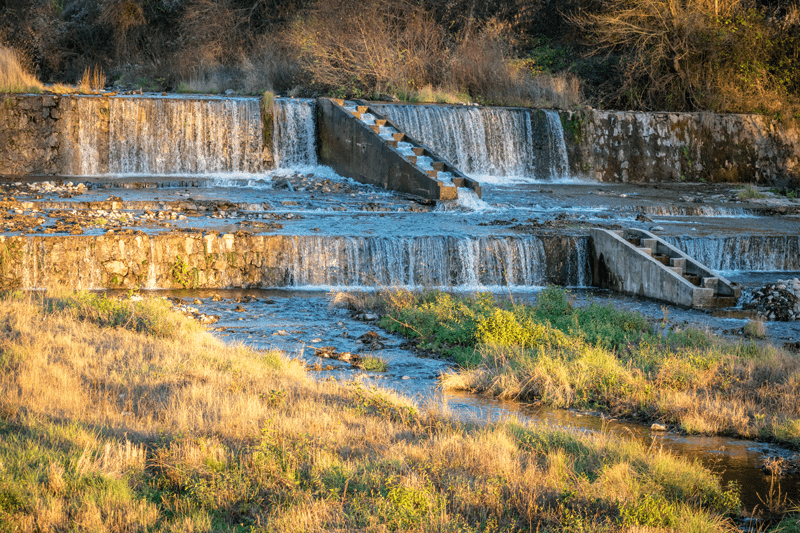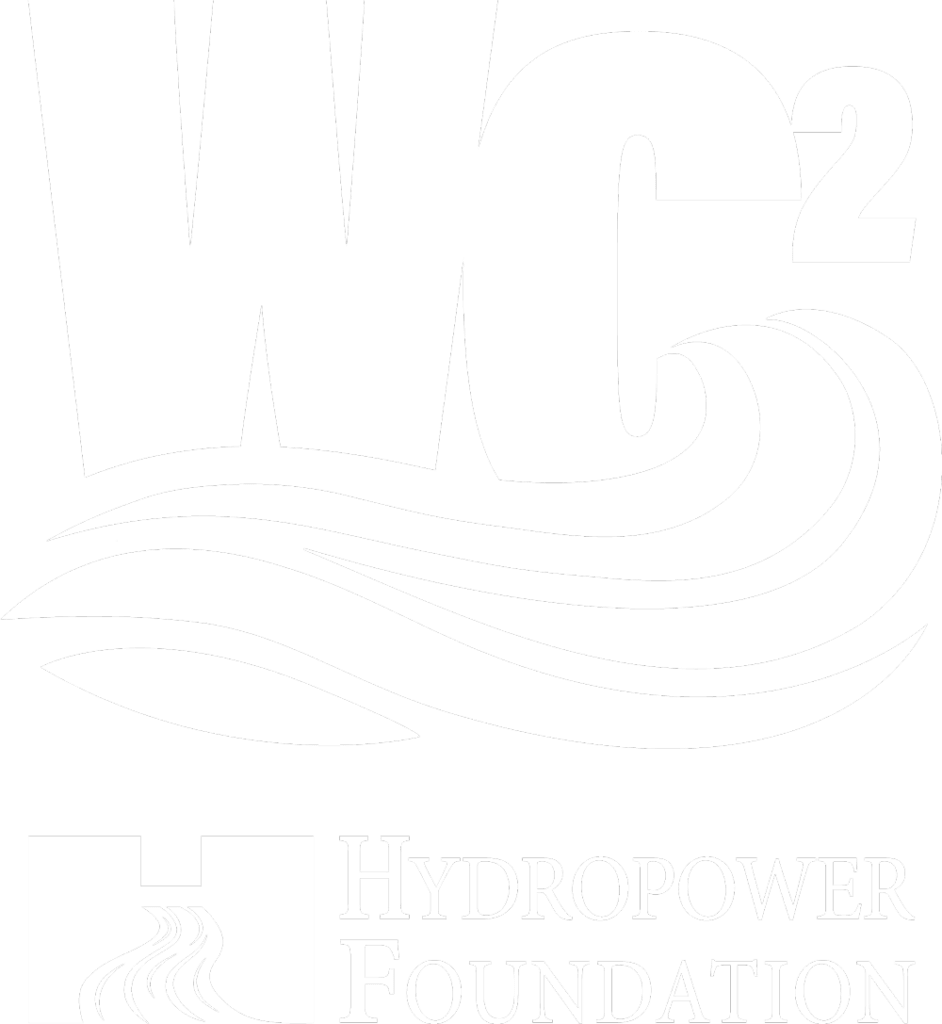Why Hydropower
Want to learn more about hydropower? Explore our Resources + FAQ.

The Spokane Falls and water and power building at downtown Riverfront Park in Spokane, Washington

Whitehorse hydro power dam spillway Yukon Canada
Worldwide, about 20 percent of all electrical energy is produced from hydropower; in the US about 6 percent is from hydro. Plants range in size from China’s gigantic Three Gorges project (22,500 megawatts) to backyard installations that produce only a few hundred watts. Historically, hydro projects were built as the most economical electricity source. The long-term reality has typically been far better than originally expected since many projects have far exceeded the anticipated economic benefits, most often a result of long lifetimes. More and more hydro facilities are passing the milestone of operating for more than 100 years.

Three GOrges Dam, China

In addition, the major benefit of hydropower’s “clean” attributes have taken on new importance.
Another key benefit demonstrated by hydro is its adaptability. The operating regime of many hydro facilities has dramatically changed over their lifetimes, often from supplying baseload power to providing peaking service.
In the current era, existing hydro has been a boon for many electricity networks by enabling them to accommodate increasing amounts of variable electricity supplies, especially from wind and solar sources.
- Adapting and transforming hydro-related technologies to take advantage of scientific and technical advances.
- Meeting the demands of environmental priorities and regulatory requirements.
- Ensuring the availability of adequately educated and trained personnel.



